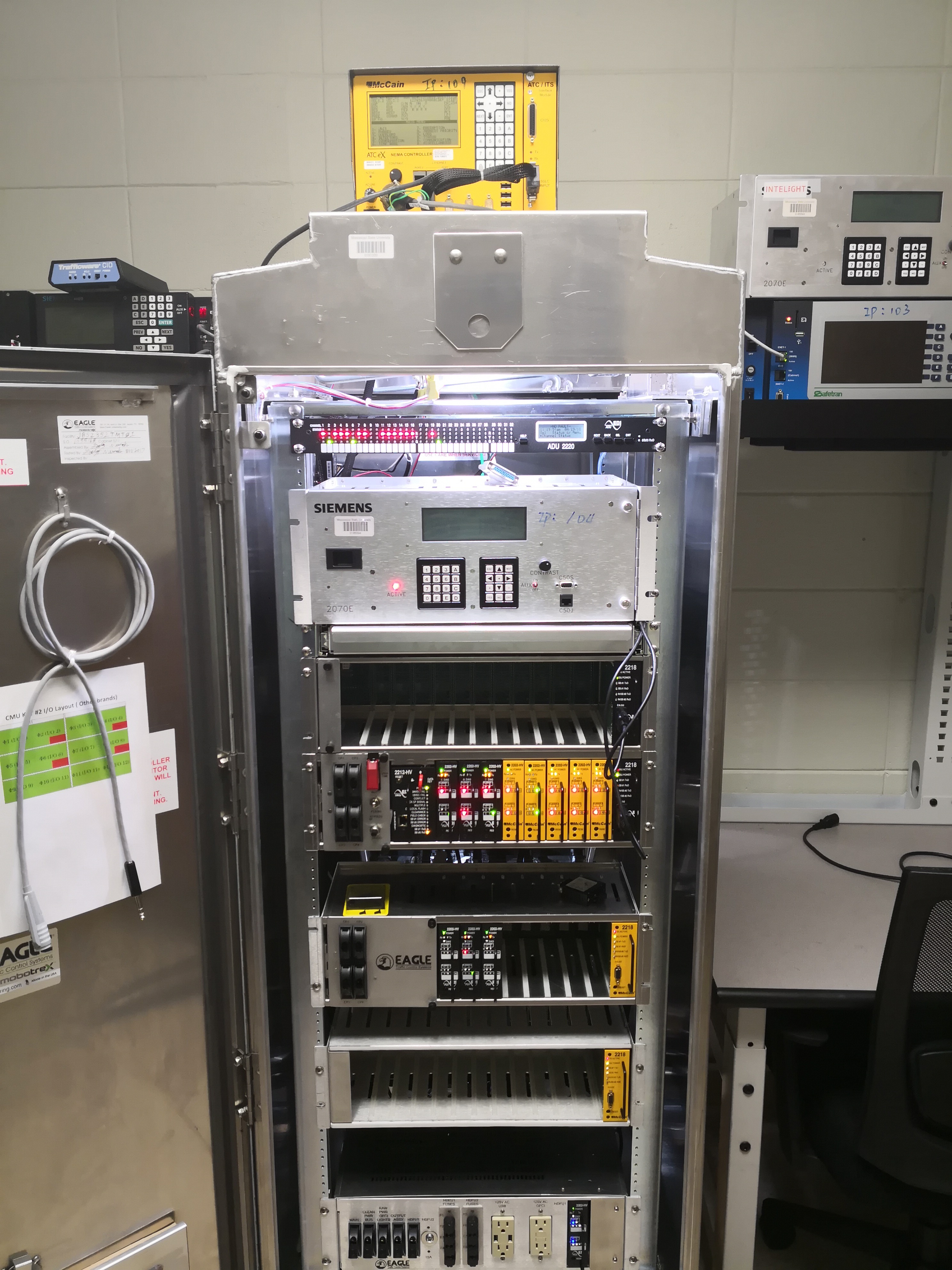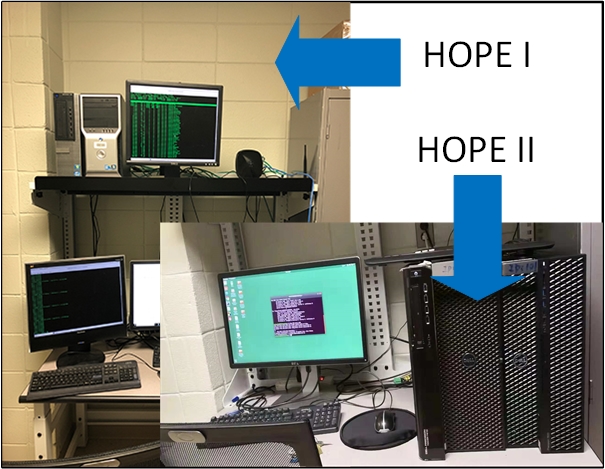
Advanced Traffic CONTROL (ATC) Signal Systems in ACTION Lab
ATC is the next generation of traffic signal standard. Although it is technically still in the draft stage, most vendors have started building and deploying it. Compared with the old NEMA and Caltrans standards, it could support much more phases and detectors within one single cabinet assembly. This is especially useful in the era of connected and automated vehicle as multiple new data must find a way to send into the controller and it could easily overwhelm the old signal control equipment. Through coupling the ATC cabinet with VISSIM, we build the first ATC cabinet-in-the-loop traffic signal simulation system (ATC-CILS) of its kind in US to provide two types of services: 1. prove the concept of pioneering traffic signal concepts and guarantee its 100% deployment; 2. Provide comprehensive training opportunities to both traffic signal engineers and technicians and this will help to fill the huge gap between traffic signal design and deployment. It will also help the agencies to estimate the training efforts if they wish to pursue the latest ATC equipment.
So far, the ACTION Lab owes or loans one Econolite ATC Cobalt Rackmount, one McCain ATCeX, one Siemens M60 and five Siemens ATC 2070 and one Intelight ATC 2070-1C and therefore we approximately cover the brands of over 85% of traffic signal market in the continental US. We also owe a fully equipped Mobotrex 332 ATC cabinet supporting four SIUs (2 outputs + 2 inputs).
Click here to download the introduction of ATC-CILS document

"Hope III " High Performance Computing Cluster
In Nov-2019, ACTION Lab purchased two GPU-enabled computing server. ACTIONLAB researchers set up the third HPC cluster and the first in University of Texas at Arlington, "HOPE III" which is composed of two computing servers equipped with total 192 CPU cores, total 500GB RAM and 16000+ GPU CUDA cores. The existing "HOPE I and HOPE II" system is also officially decommissioned from research.
Do you want to build your own HPC cluster on CentOs? Click here to download our notesDo you want to build your own HPC cluster (with CUDA) on Ubuntu? Click here to download our notes
